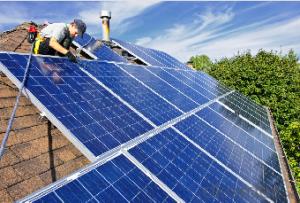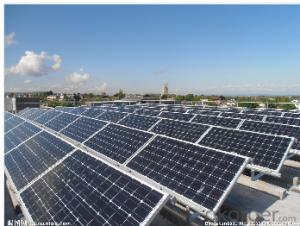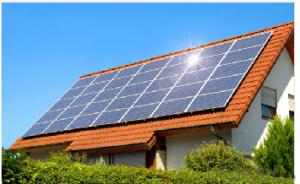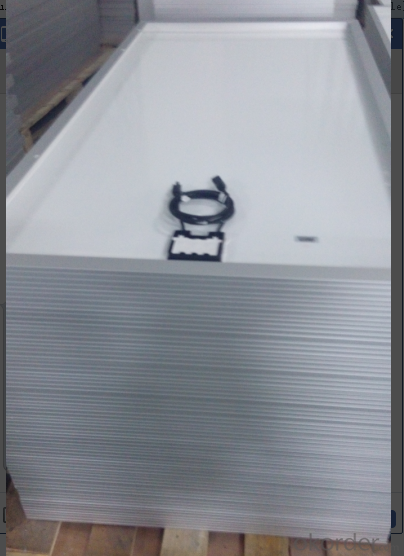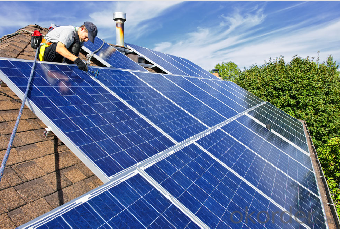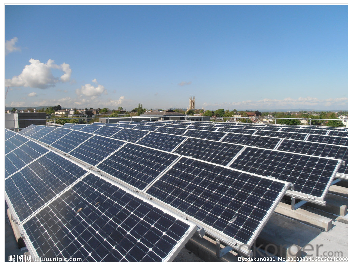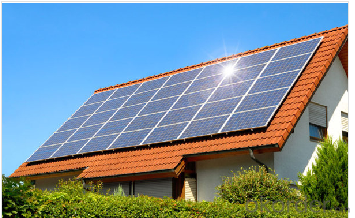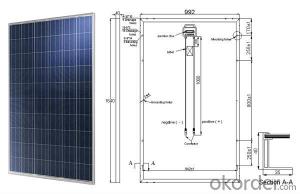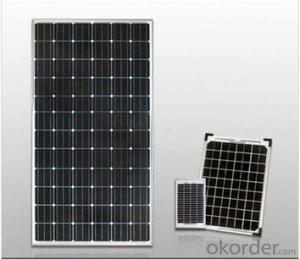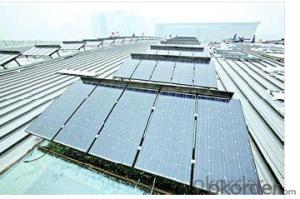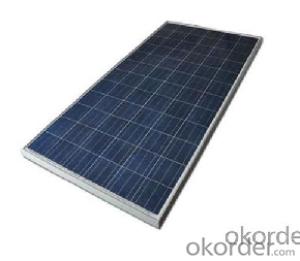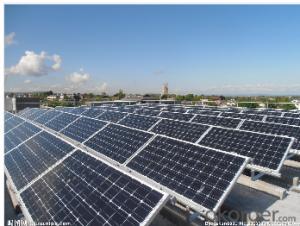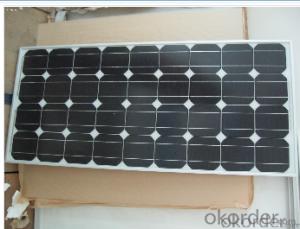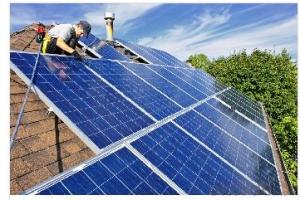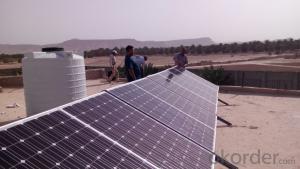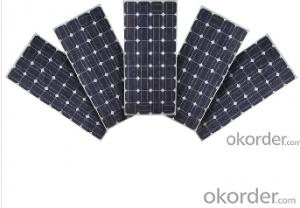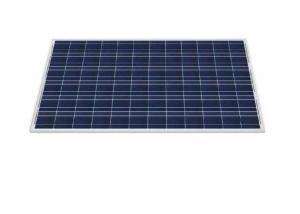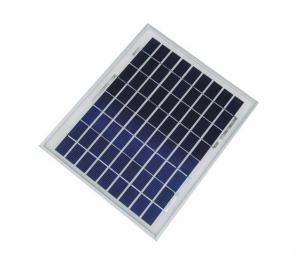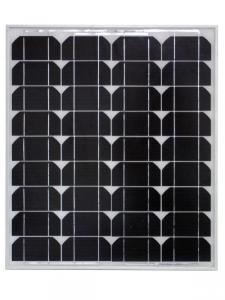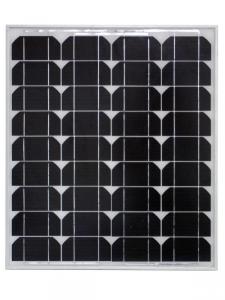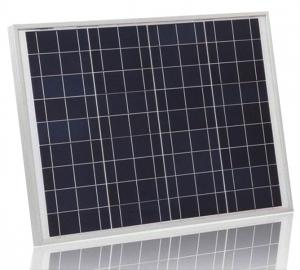Solar Panels Newcastle - High Quality Solar Module from CNBM
- Loading Port:
- Shanghai
- Payment Terms:
- TT or LC
- Min Order Qty:
- 1 pc
- Supply Capability:
- 100000000 pc/month
OKorder Service Pledge
OKorder Financial Service
You Might Also Like
Product Description:
Solar Module
ABOUT YINGLI GREEN ENERGY
Yingli Green Energy Holding Company Limited (NYSE: YGE) is one of
the world’s largest fully vertically integrated PV manufacturers, which
markets its products under the brand “Yingli Solar“. With over 7.0GW
of modules installed globally, we are a leading solar energy company
built upon proven product reliability and sustainable performance. We
are the fi rst renewable energy company and the fi rst Chinese company
to sponsor the FIFA World CupTM.
PERFORMANCE
- High effi ciency, multicrystalline silicon solar cells with high transmission
and textured glass deliver a module effi ciency of up to 16.0%,
minimizing installation costs and maximizing the kWh output of your
system per unit area.
- Tight positive power tolerance of 0W to +5W ensures you receive
modules at or above nameplate power and contributes to minimizing
module mismatch losses leading to improved system yield.
- Top ranking in the “TÜV Rheinland Energy Yield Test” and the
“PHOTON Test” demonstrates high performance and annual energy
production.
RELIABILITY
- Tests by independent laboratories prove that Yingli Solar modules:
Fully conform to certifi cation and regulatory standards.
Withstand wind loads of up to 2.4kPa and snow loads of up to
5.4kPa, confi rming mechanical stability.
Successfully endure ammonia and salt-mist exposure at the highest
severity level, ensuring their performance in adverse conditions.
- Manufacturing facility certifi ed by TÜV Rheinland to ISO 9001:2008,
ISO 14001:2004 and BS OHSAS 18001:2007.
WARRANTIES
- 10-year limited product warranty1.
- Limited power warranty1: 10 years at 91.2% of the minimal rated power
output, 25 years at 80.7% of the minimal rated power output.
1In compliance with our Warranty Terms and Conditions.
QUALIFICATIONS & CERTIFICATES
IEC 61215, IEC 61730, MCS, CE, ISO 9001:2008, ISO 14001:2004, BS OHSAS
18001:2007, PV Cycle, SA 8000
ELECTRICAL PERFORMANCE
Electrical parameters at Standard Test Conditions (STC)
Module type YLxxxP-29b (xxx=Pmax)
Power output Pmax W 260 255 250 245 240
Power output tolerances ΔPmax W 0 / + 5
Module effi ciency ηm % 16.0 15.7 15.4 15.1 14.8
Voltage at Pmax Vmpp V 30.3 30.0 29.8 29.6 29.3
Current at Pmax Impp A 8.59 8.49 8.39 8.28 8.18
Open-circuit voltage Voc V 37.7 37.7 37.6 37.5 37.5
Short-circuit current Isc A 9.09 9.01 8.92 8.83 8.75
Electrical parameters at Nominal Operating Cell Temperature (NOCT)
Power output Pmax W 189.7 186.0 182.4 178.7 175.1
Voltage at Pmax Vmpp V 27.6 27.4 27.2 27.0 26.8
Current at Pmax Impp A 6.87 6.79 6.71 6.62 6.54
Open-circuit voltage Voc V 34.8 34.8 34.7 34.6 34.6
Short-circuit current Isc A 7.35 7.28 7.21 7.14 7.07
STC: 1000W/m2 irradiance, 25°C cell temperature, AM1.5g spectrum according to EN 60904-3.
Average relative effi ciency reduction of 3.3% at 200W/m2 according to EN 60904-1.
NOCT: open-circuit module operation temperature at 800W/m2 irradiance, 20°C ambient temperature, 1m/s wind speed.
OPERATING CONDITIONS
Max. system voltage 1000VDC
Max. series fuse rating 15A
Limiting reverse current 15A
Operating temperature range -40°C to 85°C
Max. static load, front (e.g., snow) 5400Pa
Max. static load, back (e.g., wind) 2400Pa
Max. hailstone impact (diameter / velocity) 25mm / 23m/s
CONSTRUCTION MATERIALS
Front cover (material / thickness) low-iron tempered glass / 3.2mm
Cell (quantity / material / dimensions /
number of busbars)
60 / multicrystalline silicon / 156mm x 156mm / 2 or 3
Encapsulant (material) ethylene vinyl acetate (EVA)
Frame (material / color / anodization color /
edge sealing) anodized aluminum alloy / silver / clear / silicone or tape
Junction box (protection degree) ≥ IP65
Cable (length / cross-sectional area) 1000mm / 4mm2
Plug connector
(type / protection degree) MC4 / IP67 or YT08-1 / IP67 or Amphenol H4 / IP68
PACKAGING SPECIFICATIONS
Number of modules per pallet 29
Number of pallets per 40' container 28
Packaging box dimensions
(L / W / H) 1700mm / 1135mm / 1165mm
Box weight 568kg
Unit: mm
• Due to continuous innovation, research and product improvement, the specifi cations in this product information sheet are subject to change
without prior notice. The specifi cations may deviate slightly and are not guaranteed.
• The data do not refer to a single module and they are not part of the offer, they only serve for comparison to different module types
IMAGES:
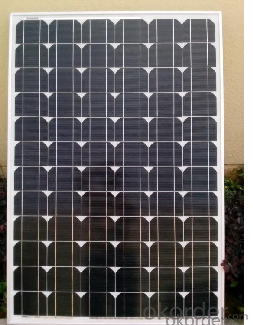
WHAT'S THE ADVANTAGES OF CNBM?
1.CNBM is a state-owned company under jurisdiction of central goverment , one of Fortune 500 .Just because of this ,we can get more support and resources from our government.So ,it is realiable .
2.CNBM's solar products are high-qualified with TUV,UL,VDE,CE,ISO certificates. Our products ranges top in China.
3.Just as I mentioned in attahment ,we signed 500MW project with Urkan under the witness of our chairman Xi Jinping ,CNBM has ability to meet your large quantity needs,Our annual capacity is 1GW.
- Q: Can solar panels be installed on data centers?
- Yes, solar panels can be installed on data centers. In fact, many data centers are increasingly adopting solar energy to power their operations, as it offers a sustainable and cost-effective solution. By installing solar panels on data centers, they can reduce their carbon footprint, lower energy costs, and contribute to a greener environment.
- Q: I want to build a solar panel
- Some people that have advanced technical skills can even try to build their own solar panels to save money. In case you decide to go with this option you should know that today is fairly easy to find lot of literature about building your own solar panels which of course makes things easier. Still I would recommend this option to people without advanced technical skills. renewableenergyarticles.blogspot....
- Q: Can solar panels be installed on rooftop gardens or green roofs?
- Yes, solar panels can be installed on rooftop gardens or green roofs. In fact, these locations can provide an ideal setting for solar panel installation as they often receive ample sunlight due to their elevated position and minimal shading. Additionally, the vegetation and greenery on these rooftops can help with temperature regulation and improve the overall efficiency of the solar panels.
- Q: How much is the cost of solar panels including installation for my home so that I can have low monthly power bills.
- How much it costs, and whether it is worth it, really depends on where you live, and how much power you use. A very conservative house like ours, in an ideal area, could get by with a system that costs $5000 to $7500 net after incentives like tax credits. A house that uses a lot of energy, like a massive one with air conditioning, could need an array costing ten times that much. The only way to even get close on an estimate is to call a local solar installer for a quote. If there are no local solar installers, that's a clue that your area may not be very good for solar. Consider solar hot water also. That's generally cheaper and pays back faster than solar electric.
- Q: Can solar panels be installed on electric fences?
- Yes, solar panels can be installed on electric fences. Solar panels can provide the necessary power to energize the electric fence, making it a more sustainable and cost-effective solution.
- Q: Any opinion on harbor freight solar panels ?
- Put my panel on roof of my motor home, regulator in belly rack with house batterys. Have had no problems in a year or so and they keep the house batterys charged
- Q: Can solar panels be installed on a small scale?
- Yes, solar panels can be installed on a small scale. In fact, they are highly adaptable and can be installed on rooftops, balconies, or even small plots of land. This makes them a convenient and cost-effective solution for individuals or small businesses looking to generate their own renewable energy.
- Q: I was having a discussion with a friends about solar panels.He says that if there is a solar panel (sp) on the ground and a solar panel (sp2) high in the atmosphere (in the stratosphere) the difference in power output between sp and sp2 negligible. I said that there would be a large difference in power output because sp has all of the atmosphere to block the suns rays and sp2 has very little atmosphere because it is very high up (in the stratosphere) therefore more sun can get to the panel and more power is produced.who is correct? many thanks in advance, please leave sources if possible, for validity.
- There will be a difference (44%, see below) but not a large one. The atmosphere is transparent to the wavelengths used by the solar panel. But no clouds, and a lot more hours of sunlight. wikipedia: Space-based solar power (SBSP) (or historically space solar power- SSP) is a system for the collection of solar power in space, for use on Earth. SBSP differs from the usual method of solar power collection in that the solar panels used to collect the energy would reside on a satellite in orbit, often referred to as a solar power satellite (SPS), rather than on Earth's surface. In space, collection of the Sun's energy is unaffected by the day/night cycle, weather, seasons, or the filtering effect of Earth's atmospheric gases.
- Q: I want to know how many solar panels to use to power my AC and Water heater
- you cant use solar panels to power your house, it would take more than you can afford,and space to mount them and all the equip required to hook it up. what they don,t tell you is you need a Battery bank [24 to 48 batteries], deep cycle a inverter ,[one that will convert 2 volts to 0, at the wattage you need ] a transfer switch, rated at 00 amps wiring, a 45 watt panel is around $300
- Q: Can solar panels be installed on universities or educational campuses?
- Yes, solar panels can certainly be installed on universities or educational campuses. In fact, many educational institutions worldwide have already embraced solar power as a sustainable and renewable energy source. Installing solar panels on campuses not only helps reduce carbon emissions and combat climate change but also serves as a great educational tool for students to learn about clean energy and sustainability. Additionally, universities can benefit from cost savings on electricity bills and even generate surplus energy that can be fed back into the grid.
Send your message to us
Solar Panels Newcastle - High Quality Solar Module from CNBM
- Loading Port:
- Shanghai
- Payment Terms:
- TT or LC
- Min Order Qty:
- 1 pc
- Supply Capability:
- 100000000 pc/month
OKorder Service Pledge
OKorder Financial Service
Similar products
Hot products
Hot Searches
Related keywords

